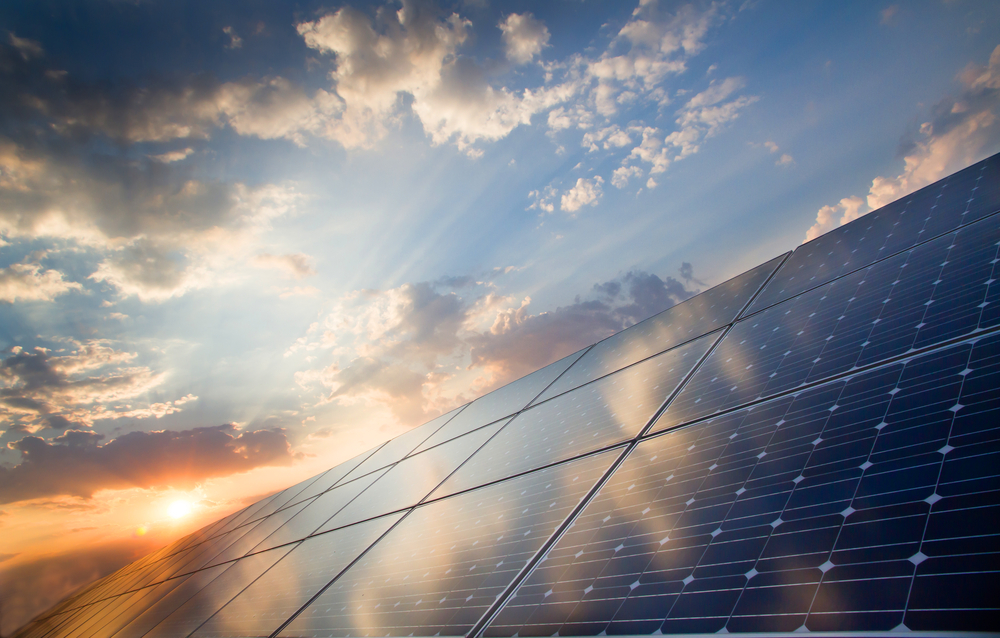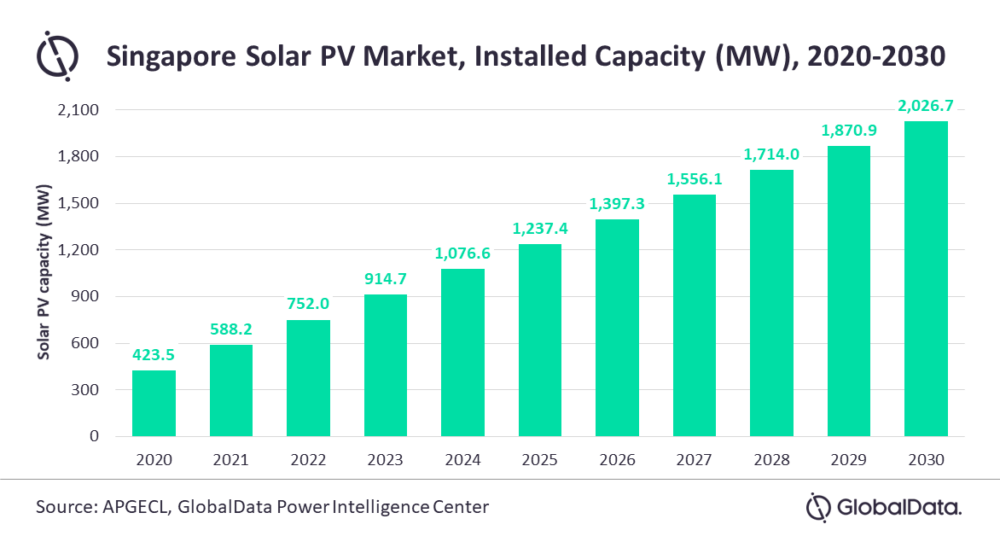Analysis by GlobalData shows that the Southeast Asian nation is “increasingly relying” on solar PV deployment to achieve its clean energy targets

Singapore is expected to add 1.2 gigawatts of new power capacity between 2021 and 2030 (Credit: Shutterstock/foxbat)
Solar photovoltaic (PV) technology is the “sole driver” for renewable power in Singapore, says an industry analyst.
Analysis by data and analytics firm GlobalData shows that the Southeast Asian nation is “increasingly relying” on solar PV deployment to achieve its clean energy targets as the resource-constrained country has “limited renewable energy options”.
Its energy mix currently relies heavily on natural gas, with the fossil fuel providing as much as 96% of its electricity as of July 2020. But, amid the global energy transition and the increasing focus on ramping up the world’s share in renewable alternatives, Singapore is aiming to expand its solar capacity over the coming years.
GlobalData’s report, titled Singapore Power Market Outlook to 2030, Update 2020 – Market Trends, Regulations, and Competitive Landscape, notes that the installation of rooftop PV systems on public housing has become one of the “prominent drivers” for solar PV growth in Singapore.
Almost all power capacity added in Singapore up until 2030 set to be solar PV, says analyst
According to Aditya Sharma, a power analyst at GlobalData, the nation is expected to add 1.2 gigawatts (GW) of new power capacity between 2021 and 2030.
“Almost all this capacity is set to come from new solar PV installations allotted through its auction system, also known as the SolarNova Program,” he added.
“During 2015 and 2020, a total of five phases were executed through which almost 296 megawatts (MW) of capacity had been awarded.”

Under the country’s latest Phase 5 auction held in 2020, Sharma said 60MW of awarded capacity is expected to be installed.
“This also helps the government to move towards its plan of reducing emissions intensity by 36% from 2005 levels by 2030,” he added.
“With environmental constraints and a lack of land creating hurdles for the development of wind power and hydropower, the country is betting big on solar PV installations.”
GlobalData’s report reveals that the solar PV capacity of Singapore, which was “negligible” in 2015, increased to 0.4GW by 2020.
It shows that the country has already started moving towards its next ambition of reaching at least 2GW of solar energy by 2030, which it claims would provide enough electricity to power about 350,000 households.
GlobalData said the country is now “increasingly investing” in floating solar energy research and development (R&D) initiatives to ensure it capitalises on any future growth opportunities.
